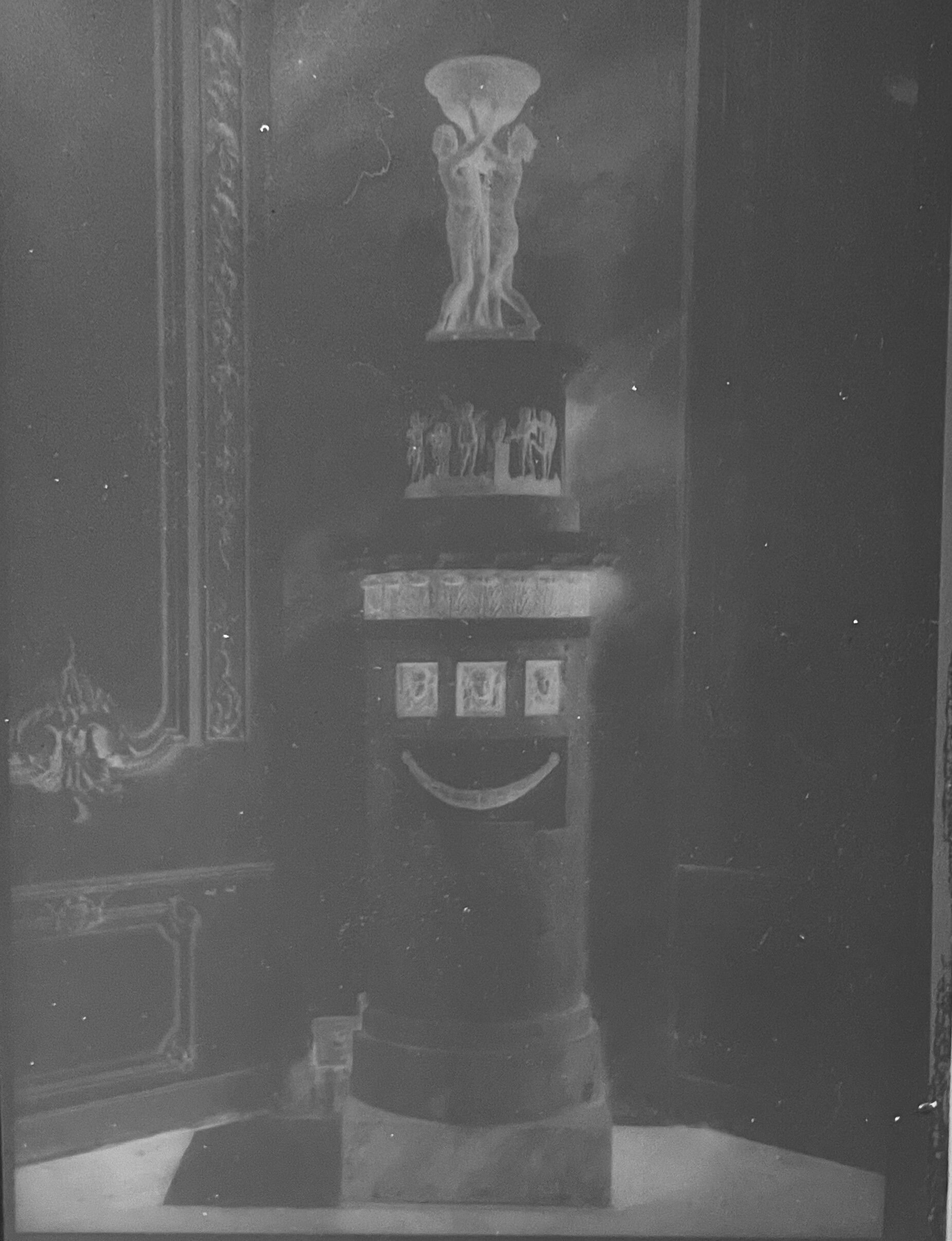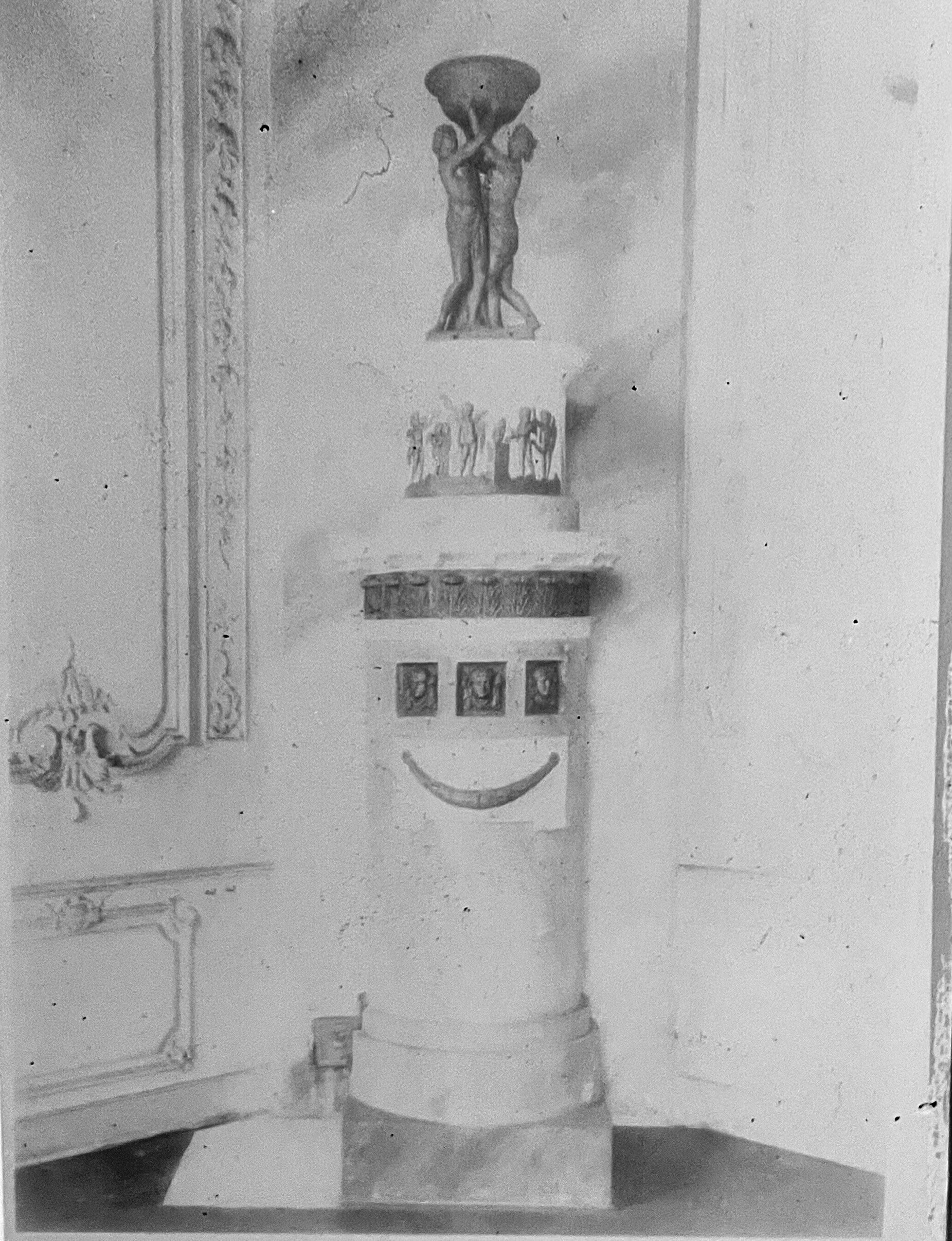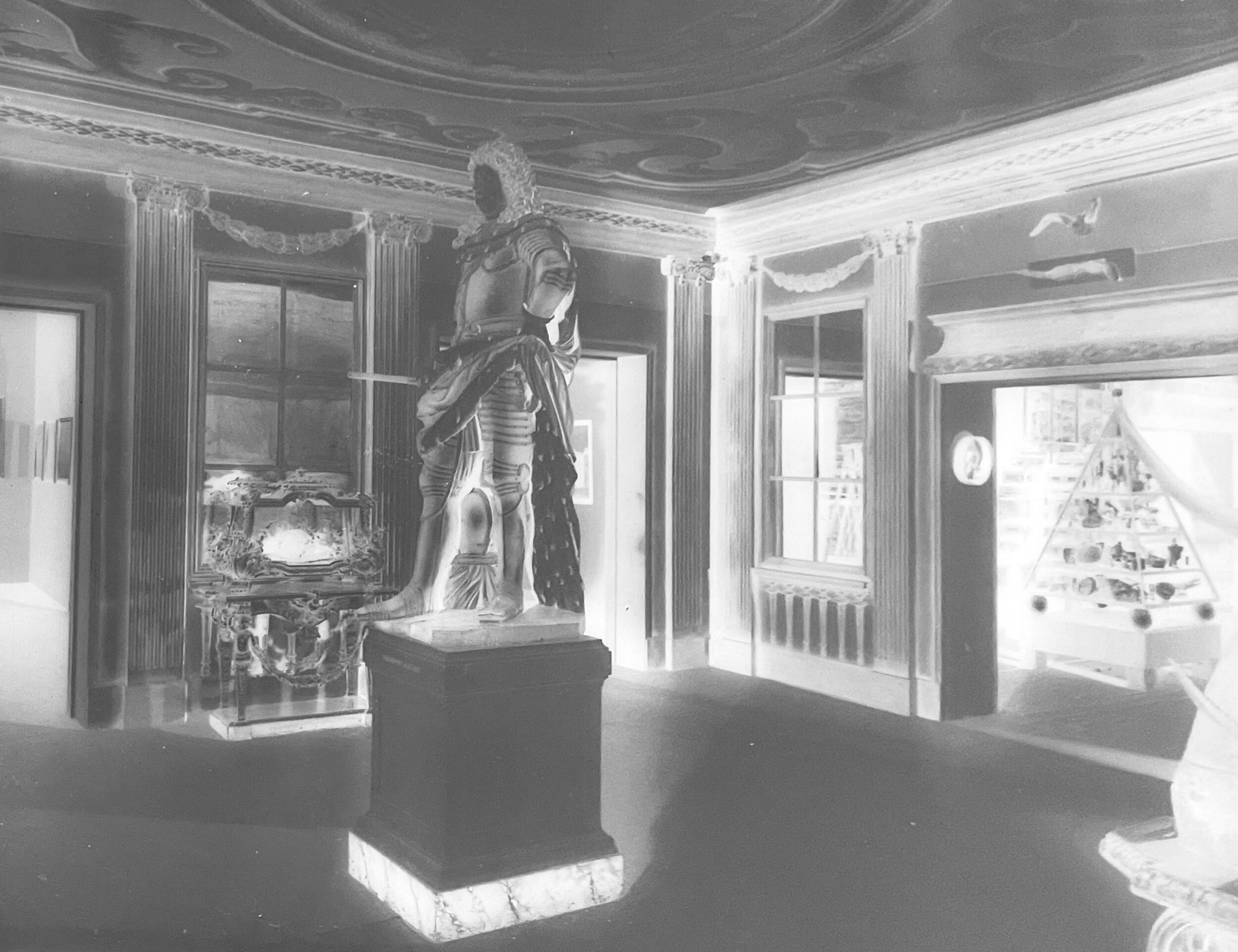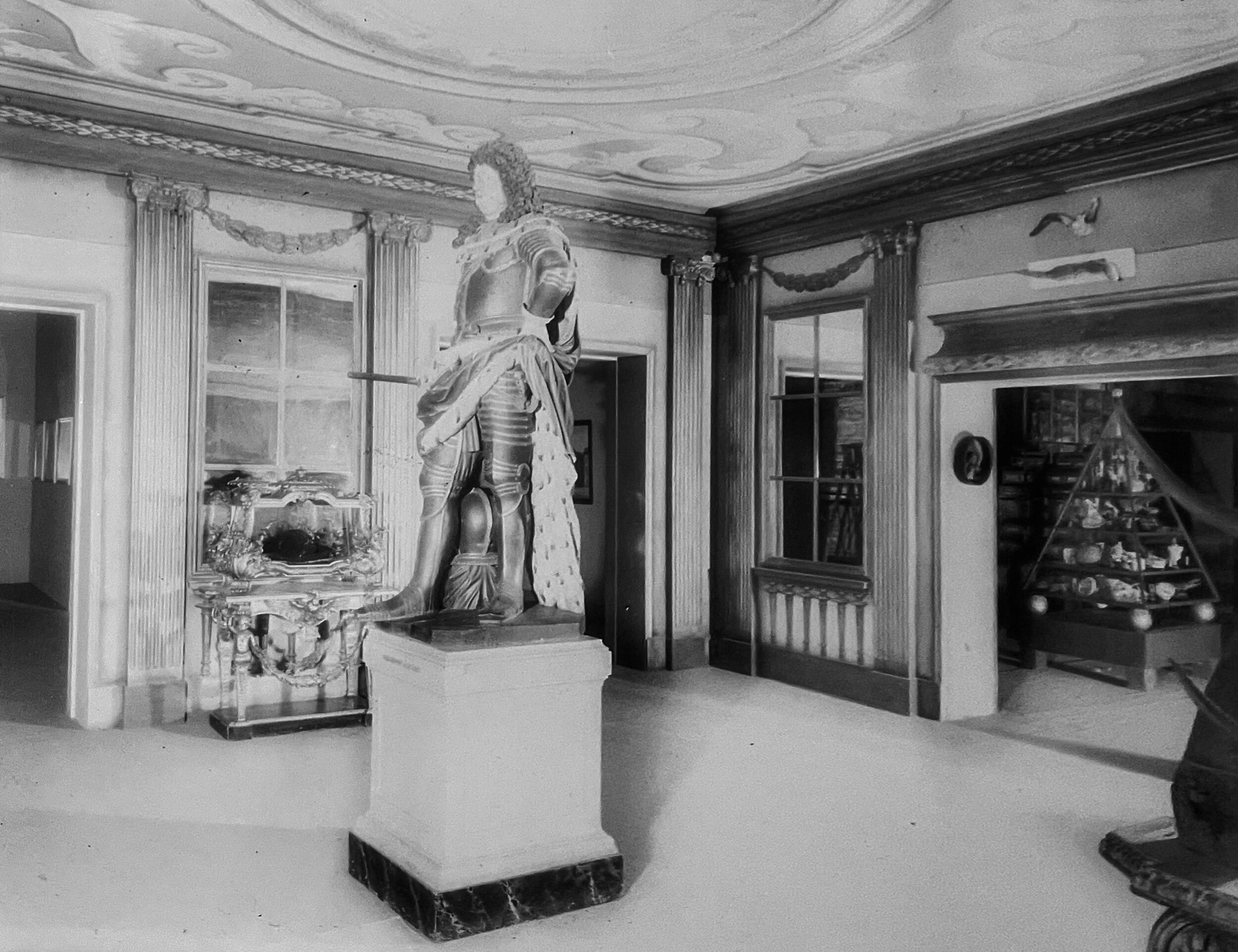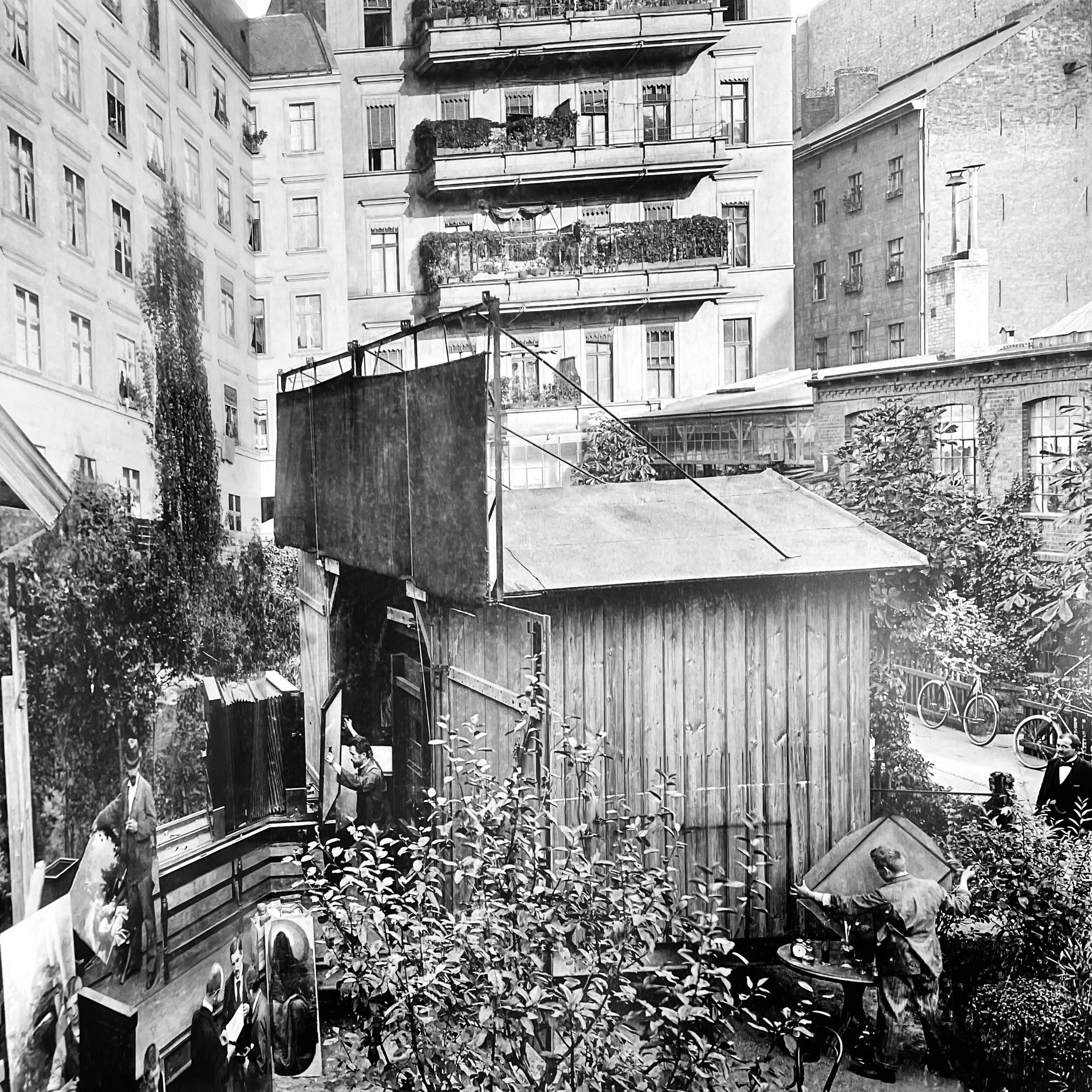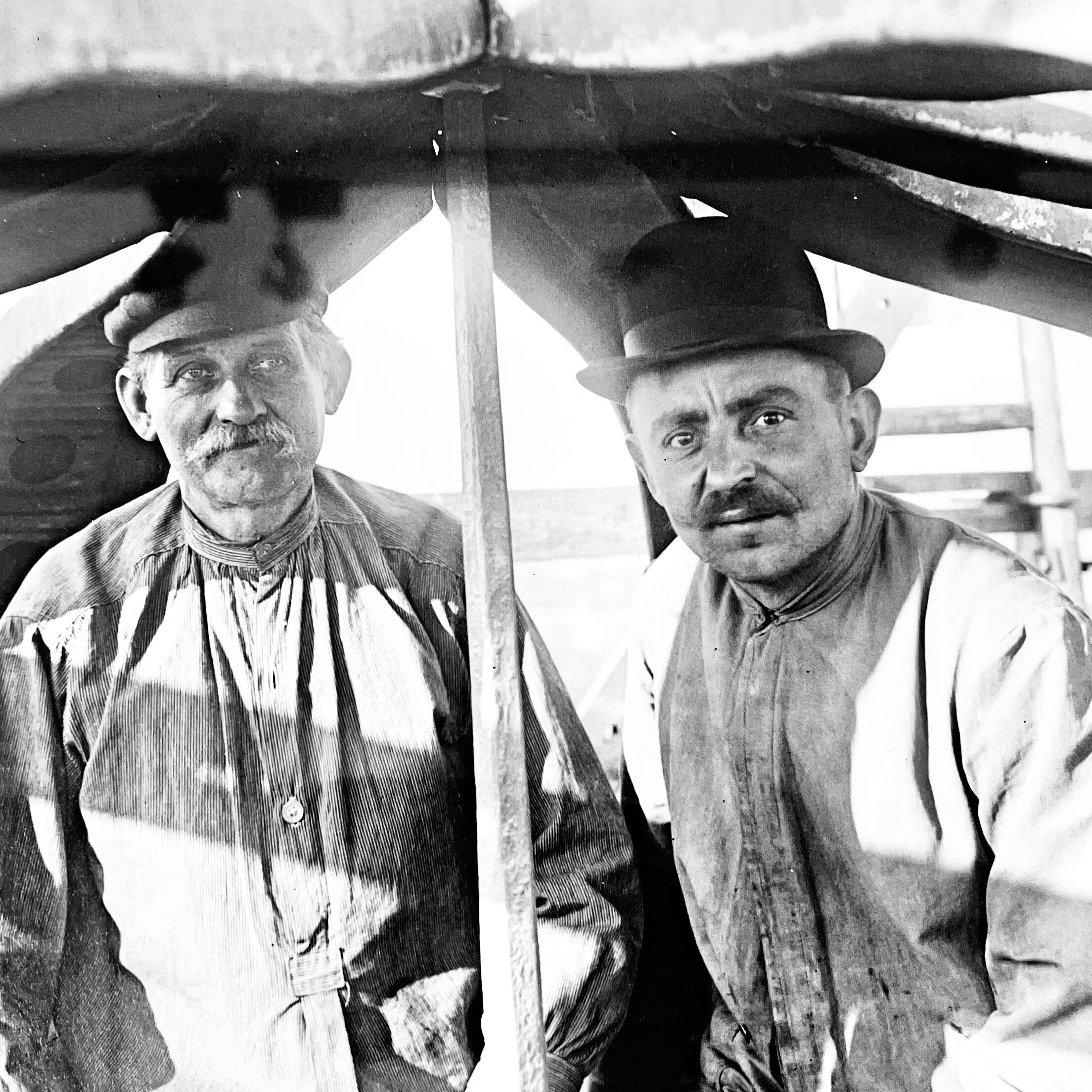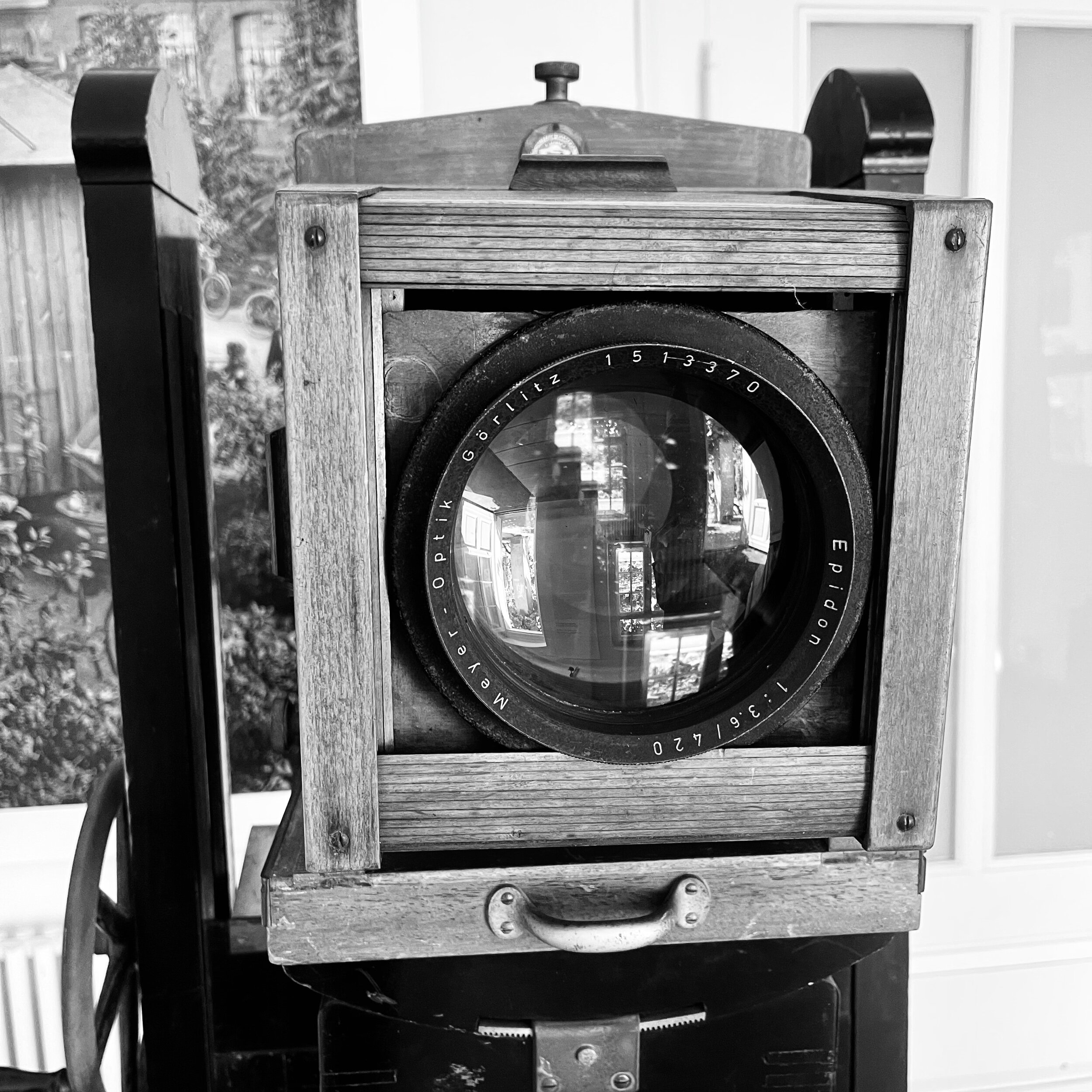Memories on glass
One of the first techniques for producing a negative image by applying a light-sensitive layer to a glass plate was the wet collodion process invented in 1851. Its major advantages over previous processes, such as the daguerreotype, which could only produce a single image, were considerably shorter exposure times and an unlimited number of prints. However, this new type of photographic plate had to be coated on site, as well as exposed and developed while damp.
The complicated handling required by the wet collodion technique led to it being replaced in 1878 by the gelatin dry plate process. Like its predecessor, glass plates were also used as the supports. The new process involved applying a light-sensitive photographic substance made of silver bromide suspended in gelatin directly to the thin glass plate support.
By 1879 the Sachs company was making industriallyproduced glass plate negatives in a "dry plate factory" in Berlin. At that time formats ranged from the standard 4.5 × 6 cm size to large plates measuring 50 x 60 cm and larger. Exposure times could be shortened to less than one second, making snapshots possible for the first time.
Despite the fragility of the gelatin glass plates, due to breakage and rapid aging, for example, they remained an important recording material for many decades. Even after the invention of celluloid film at the end of 19th century, glass plate negatives continued to be used, especially by professionals.


